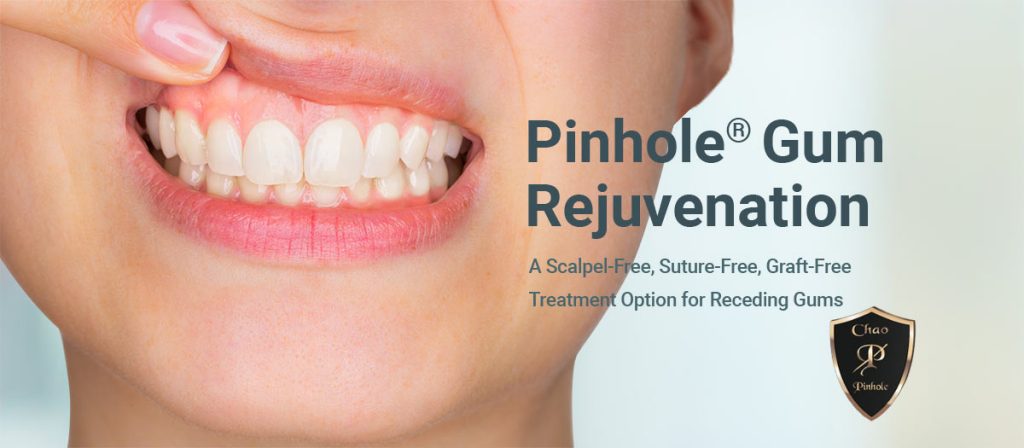Lower Lip Tie Guide: Symptoms & Treatment Options
The lower lip tie, a condition that affects the frenulum, a small piece of tissue connecting the lower lip to the gum, can be a source of discomfort and concern for many individuals. This condition, also known as ankyloglossia, can impact daily life, from eating and speaking to overall oral health. In this comprehensive guide, we will delve into the symptoms of a lower lip tie, explore the various treatment options available, and discuss the importance of proper diagnosis and care.
Understanding Lower Lip Tie A lower lip tie occurs when the frenulum is too tight or too thick, restricting the movement of the lower lip. This can lead to a range of issues, including difficulty speaking, eating, and maintaining good oral hygiene. In some cases, a lower lip tie can also contribute to issues with dental alignment and gum health. To comprehend the significance of this condition, it’s essential to understand the role of the frenulum and how it affects oral function.
Symptoms of Lower Lip Tie Identifying the symptoms of a lower lip tie is crucial for seeking proper diagnosis and treatment. Some common signs and symptoms include:
- Restricted movement of the lower lip
- Difficulty speaking or pronouncing certain words
- Pain or discomfort when moving the lower lip
- Trouble eating or drinking due to limited lip movement
- Increased risk of dental problems, such as tooth decay or gum disease
- Difficulty maintaining good oral hygiene due to restricted access
These symptoms can vary in severity, and some individuals may not experience all of them. However, if you’re concerned about your lower lip tie or are experiencing any of these symptoms, it’s essential to consult with a qualified healthcare professional.
Treatment Options for Lower Lip Tie Fortunately, there are several treatment options available for lower lip tie. The most common treatment is a frenectomy, a surgical procedure that involves releasing the frenulum to improve lip movement. This procedure can be performed using various techniques, including:
- Laser frenectomy: A minimally invasive procedure that uses a laser to release the frenulum.
- Scalpel frenectomy: A traditional surgical procedure that uses a scalpel to release the frenulum.
- Electrocautery frenectomy: A procedure that uses electrical energy to release the frenulum.
In addition to frenectomy, other treatment options may include:
- Myofunctional therapy: A type of physical therapy that helps improve lip and tongue function.
- Orthodontic treatment: In some cases, orthodontic treatment may be necessary to address related dental alignment issues.
- Oral habits modification: Changing oral habits, such as tongue thrusting or lip biting, can help alleviate symptoms.
Diagnosis and Care Proper diagnosis and care are critical for effective treatment of lower lip tie. A comprehensive evaluation should include:
- Clinical examination: A thorough examination of the lower lip and frenulum to assess the severity of the condition.
- Medical history: A review of the individual’s medical history to identify any underlying conditions that may be contributing to the lower lip tie.
- Imaging studies: In some cases, imaging studies, such as X-rays or ultrasound, may be necessary to evaluate the frenulum and surrounding tissue.
A qualified healthcare professional, such as an oral surgeon or orthodontist, can provide a proper diagnosis and develop a personalized treatment plan.
Conclusion Lower lip tie is a condition that can have a significant impact on daily life. By understanding the symptoms and treatment options available, individuals can seek proper diagnosis and care. It’s essential to consult with a qualified healthcare professional to determine the best course of treatment and develop a personalized plan. With the right treatment and care, individuals can alleviate symptoms and improve their overall oral health and well-being.
What is the most common treatment for lower lip tie?
+The most common treatment for lower lip tie is a frenectomy, a surgical procedure that involves releasing the frenulum to improve lip movement.
Can lower lip tie cause dental problems?
+Yes, lower lip tie can contribute to dental problems, such as tooth decay or gum disease, due to restricted access and difficulty maintaining good oral hygiene.
Is lower lip tie a common condition?
+Lower lip tie is a relatively common condition, affecting individuals of all ages. However, the severity and impact of the condition can vary widely.

